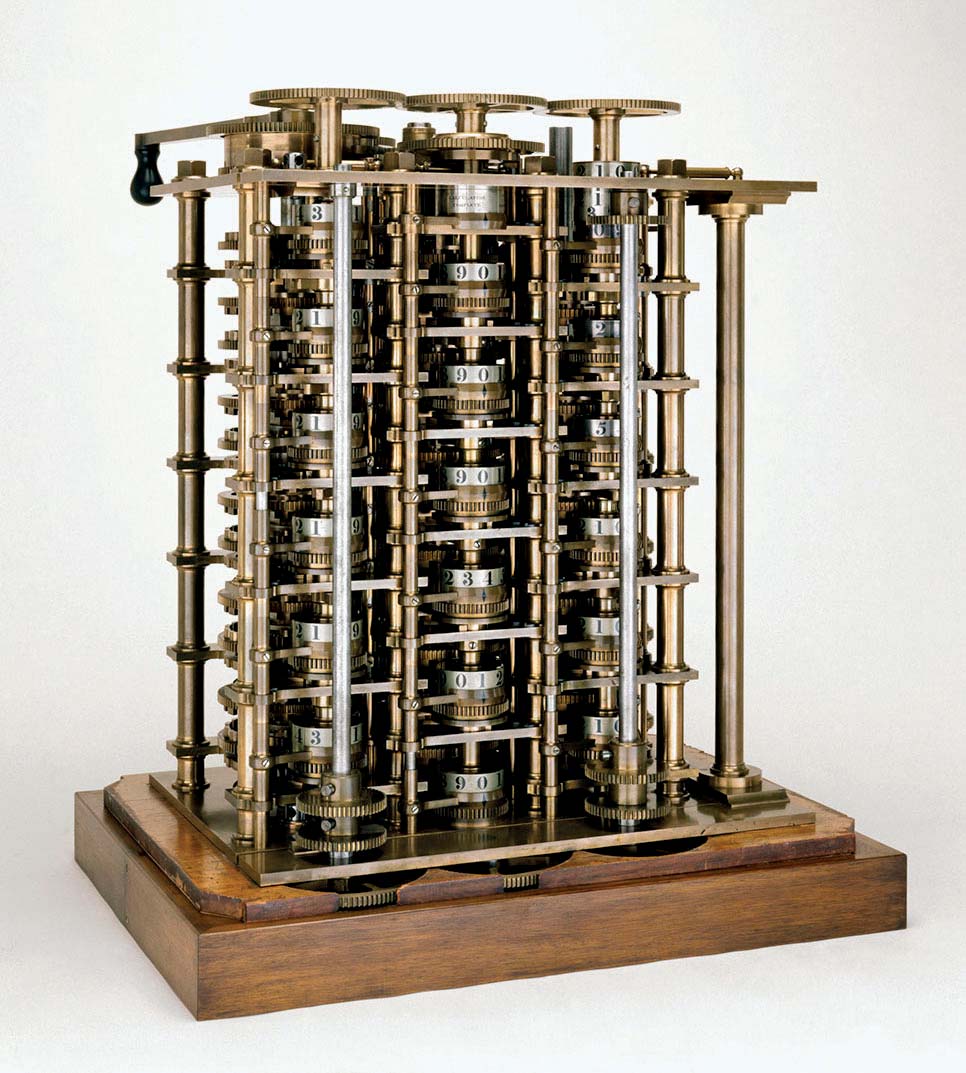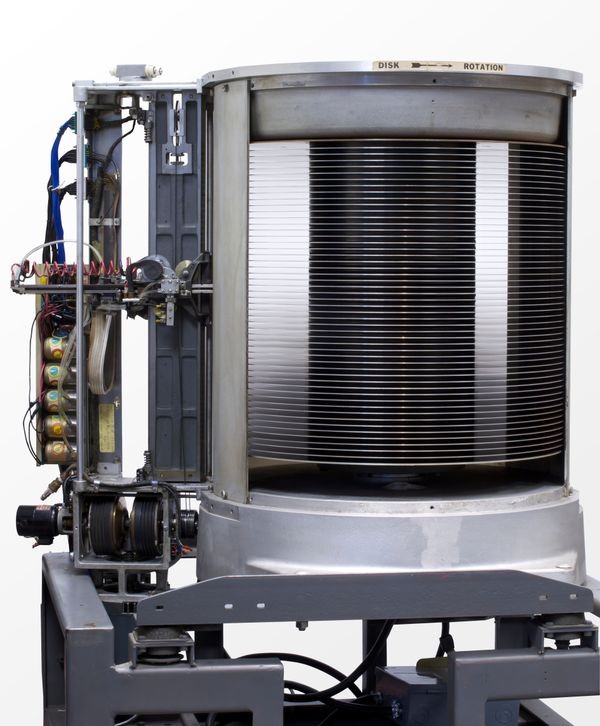The gas giant Jupiter. How many layers it has, how dense those layers are, and what its core looks like are all mysteries that scientists can only speculate on. A needle travelling at the speed of light would explode like a balloon if it were to hit Jupiter, sending it hurtling out of the solar system.

If a needle were moving at extraordinarily high speeds, it would easily pierce the gas giant. A scientific community has been debating the possibility of a needle passing through Jupiter at extremely high velocities. A needle moving at the speed of light would theoretically reach the centre of Jupiter in less than half a second, but this has not been shown. Furthermore, the exact make-up of Jupiter’s interior remains a mystery. One popular idea proposes that it is made of metallic hydrogen, a very rare and dense form of hydrogen. However, additional study is required to completely comprehend the inner workings and structure of Jupiter.
Researchers Isaac Silvera and Renga Diaz of Harvard University made a major breakthrough in 2017 when they synthesised metallic hydrogen at 500 gigapascals or 5,000,000 times the pressure of Earth’s atmosphere. The material evaporated after only a few seconds in the lab. Jupiter’s interior is thought to be extremely hot and pressured, leading some to speculate that the planet’s core contains a substantial amount of metallic hydrogen.
When travelling at the speed of light, even a very small amount of mass, such as 2/10 of a gramme, has an infinite amount of energy, according to the theory of relativity. Therefore, the needle would change into a strong pulse of energy upon impact with the first atom of Jupiter’s atmosphere, obliterating the whole gas layer encircling Jupiter. The impact’s tremendous pressure and heat would likely vaporise the core’s metallic hydrogen.








